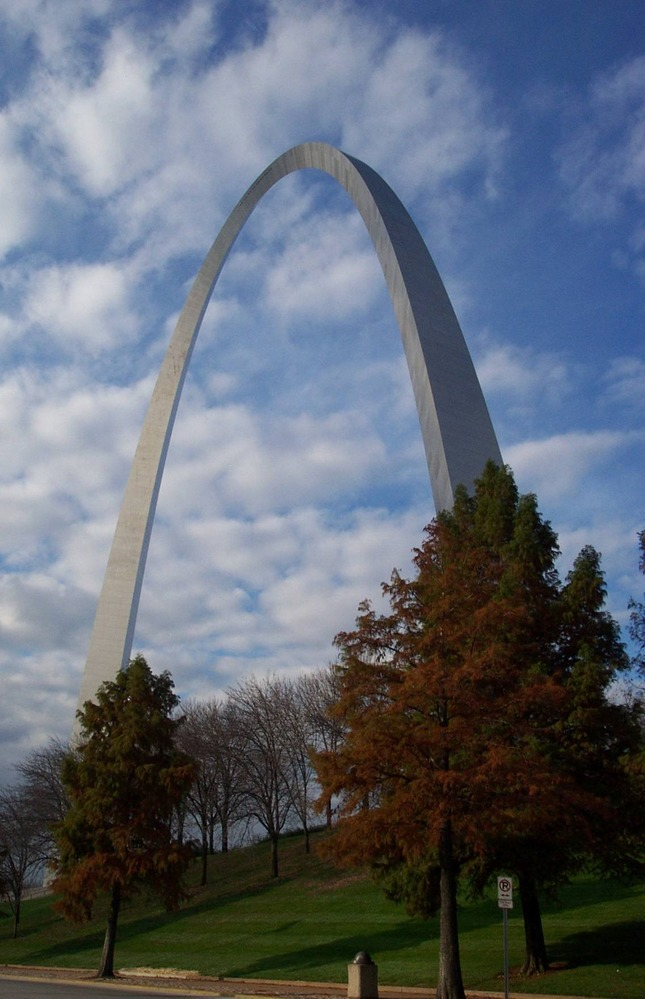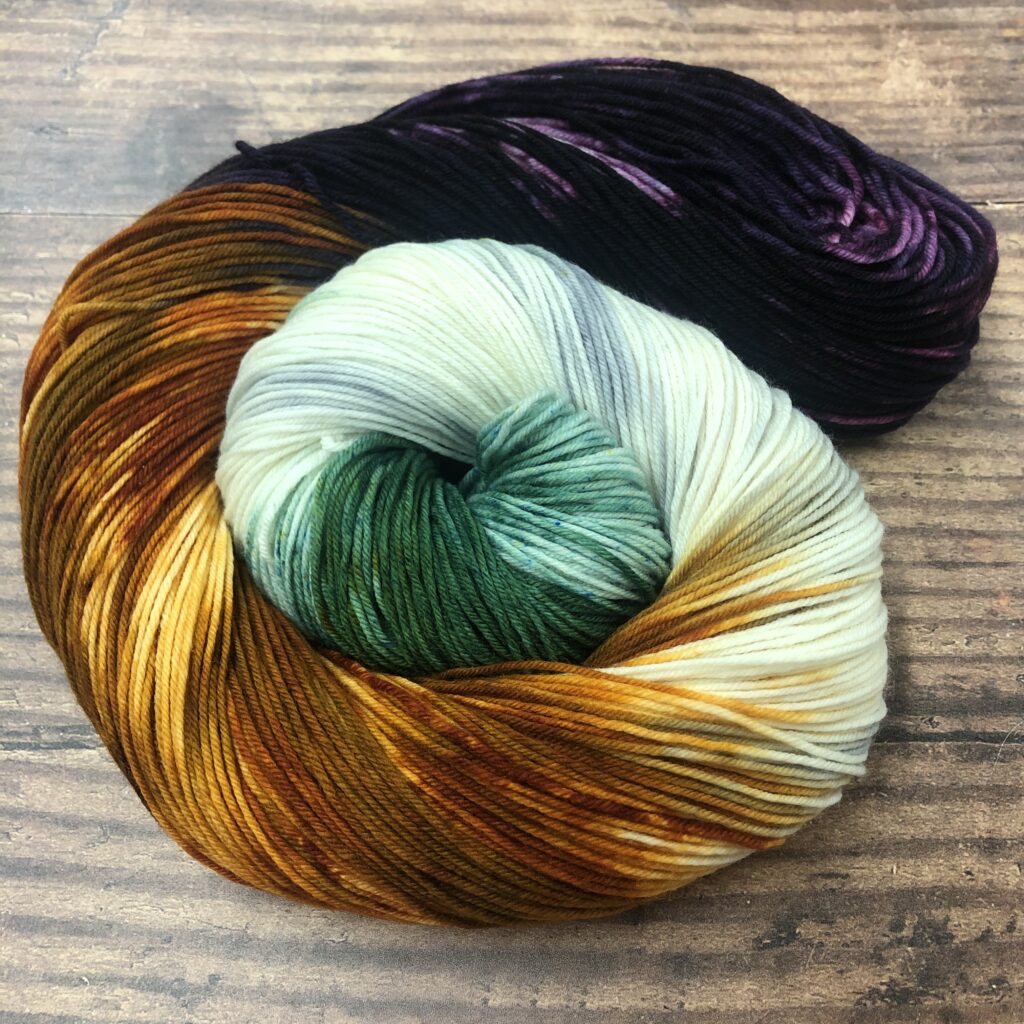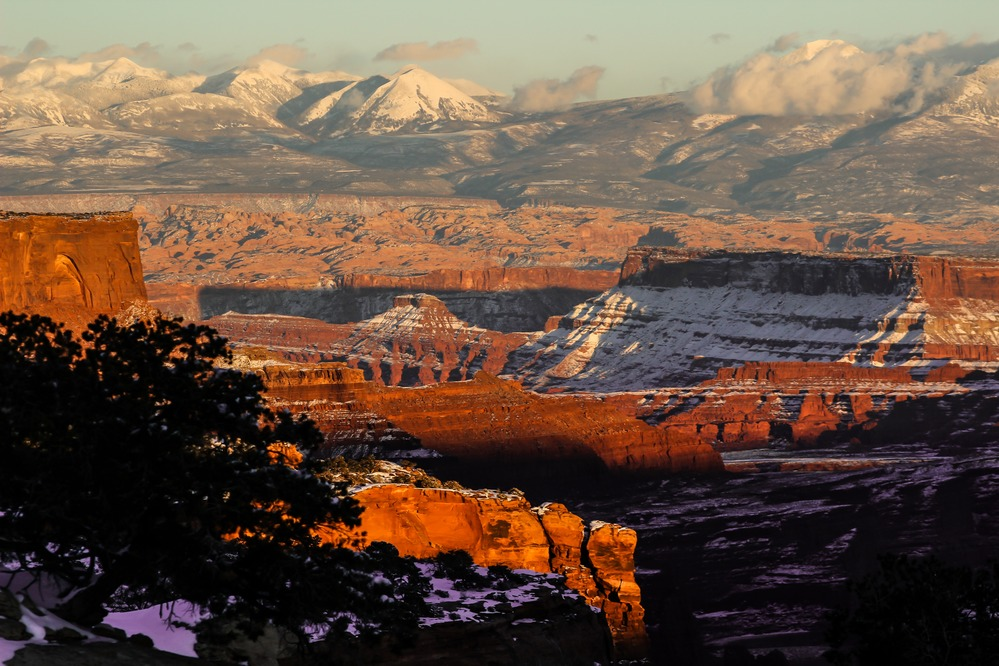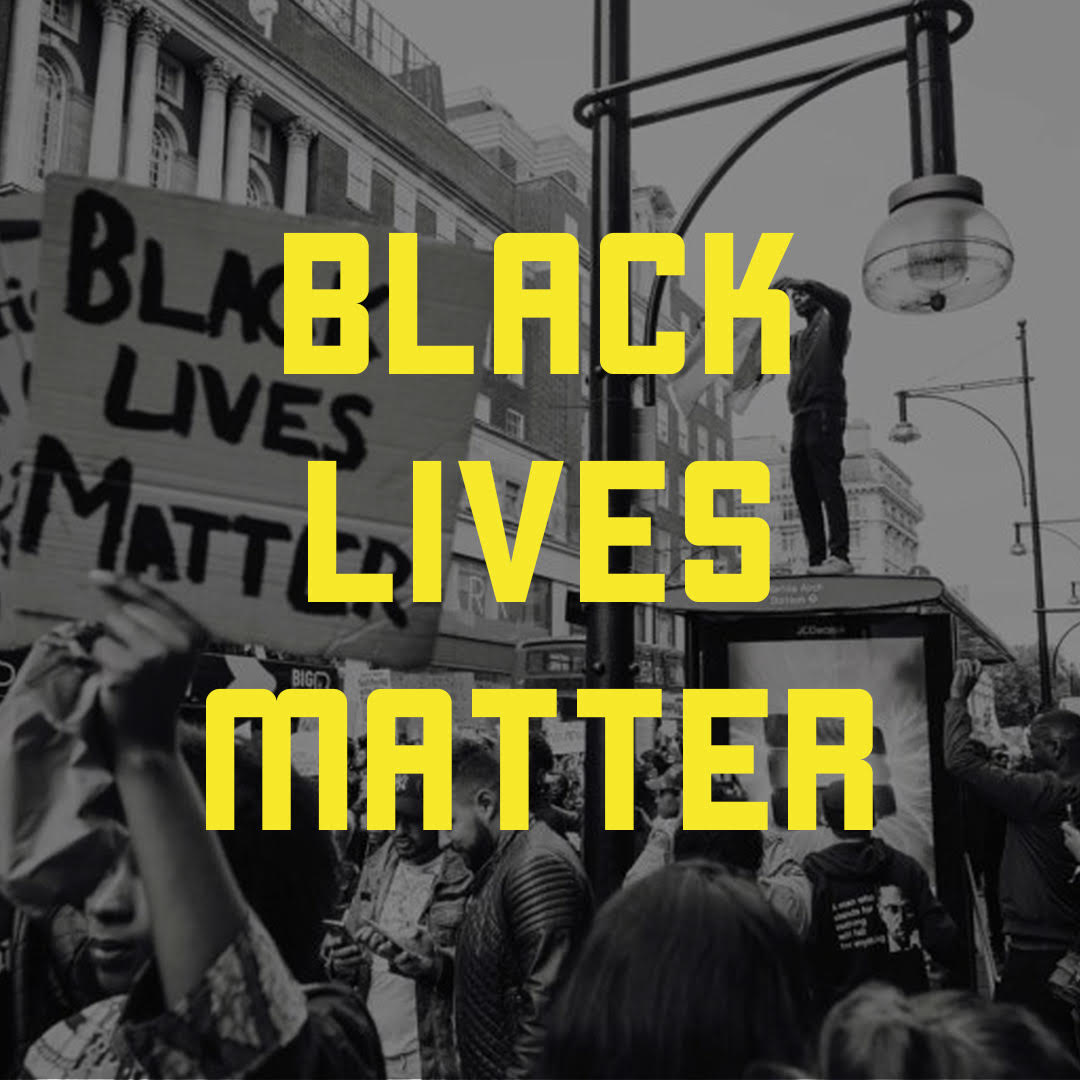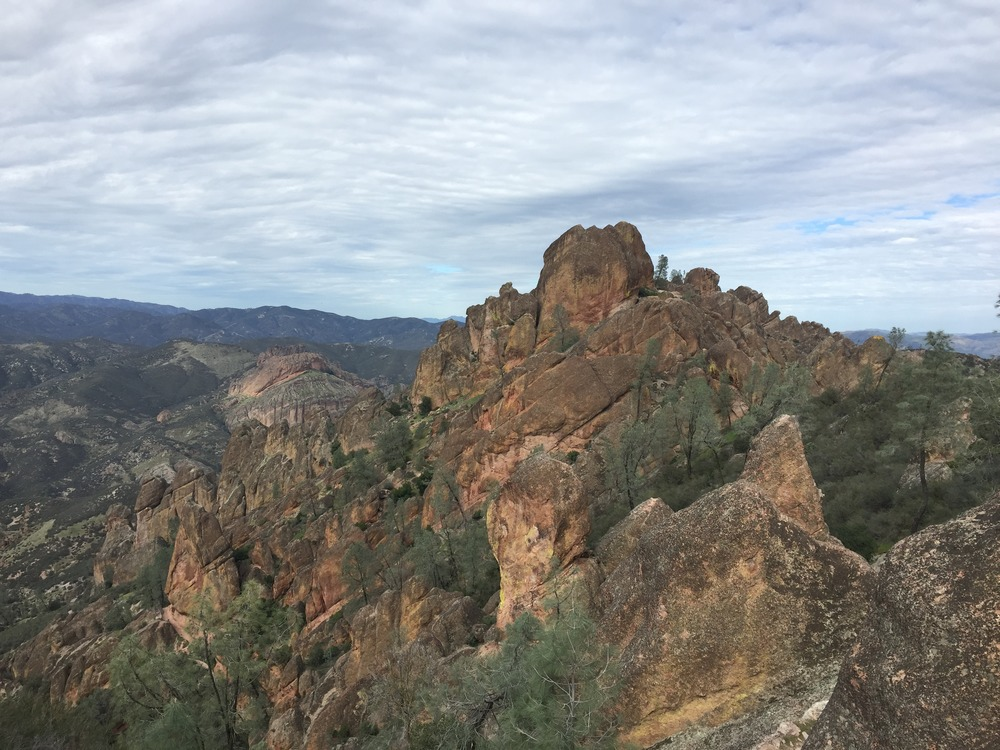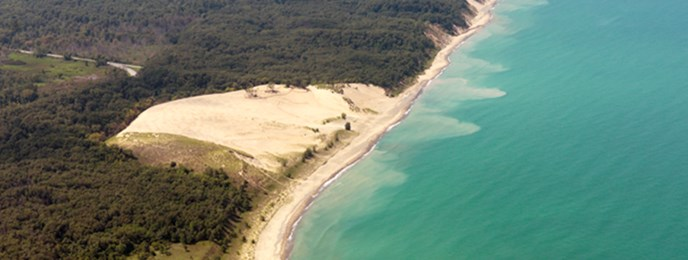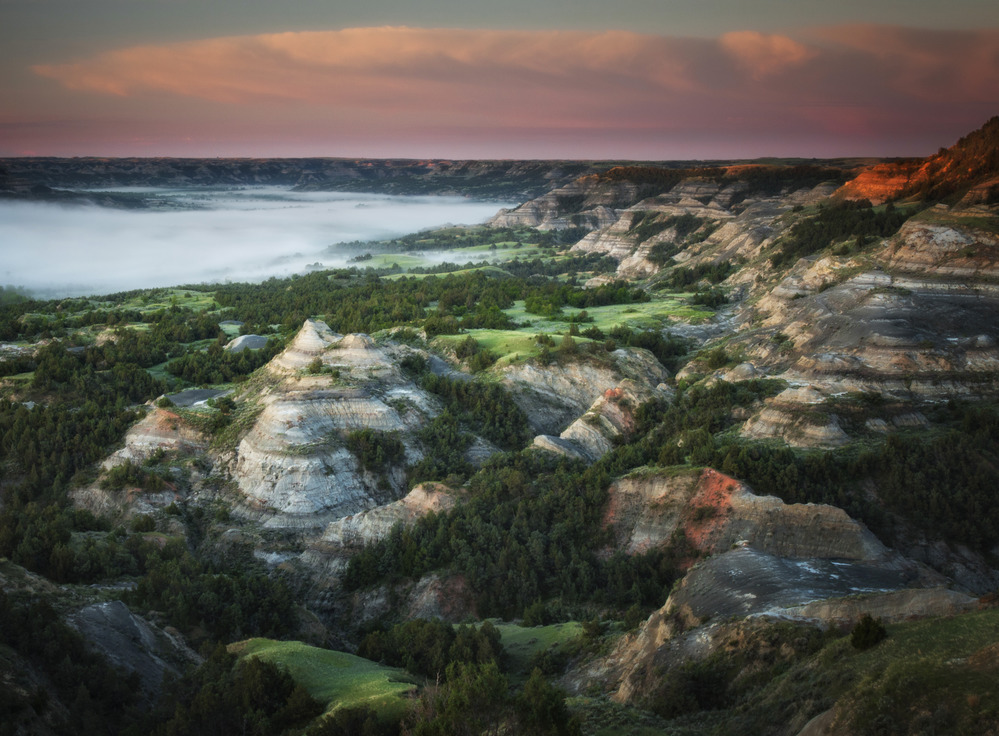It’s time once again to explore more National Parks through yarny goodness. Over the past four years, we have explored the United States through its National Parks, and in 2020, we will have represented them all. Many of these are lesser-known National Parks, and we hope you spend some time exploring them through the links we’ve shared.
Check out our Socks on Vacay/Socks on Staycay summertime sock knitting collaboration with our friend Shannon Squire, too: https://shannonsquire.com/socks-on-vacay-staycay-2020/
Thanks for exploring parks and making socks with us once again this summer! To get your yarn, check out our list of LYS’s offering National Parks (Parks yarn will ONLY be available at our LYS partners through the summer): https://knittedwit.com/
Where is this National Park located?

Gateway Arch National Park is located in St. Louis, Missouri, near the starting point of the Lewis and Clark Expedition.
Whose land does this National Park reside upon?
The land on which sits the city of St. Louis has a long history of housing native peoples, and an ugly history of colonizers decimating those populations. One of the first cultures apparent were the Mississippians, a civilization that built complex earthworks across much of the continent, from the Atlantic Ocean to the Rocky Mountains. After them came the Osage, Miami, Sioux and Haudenosauneega (also called Iroquois, which was actually a confederacy of six indigenous nations, as opposed to a singular culture). Experts have suggested that 90% of the native population was lost through war, enslavement, societal disruption and, very most especially pandemic disease, including smallpox and measles. Yikes and ugh.
When was it established as a National Park?
February 22, 2018
Why is this park amazing?
Well, we don’t know about amazing, but the Gateway Arch reflects St. Louis’ role in the Westward Expansion of the United States during the nineteenth century. The park is a memorial to Thomas Jefferson’s role in opening the West, to the pioneers who helped shape its history, and to Dred Scott who sued for his freedom in the Old Courthouse.
Why did we choose these colors?
The Gateway Arch sits in an urban park, so our colors reflect the metal of the park, the blue of the sky, the white of the clouds, and the green of the grass and trees.
For more information:
- NPS website: https://www.nps.gov/jeff/index.htm
- Instagram: https://www.instagram.com/gatewayarchnps/

